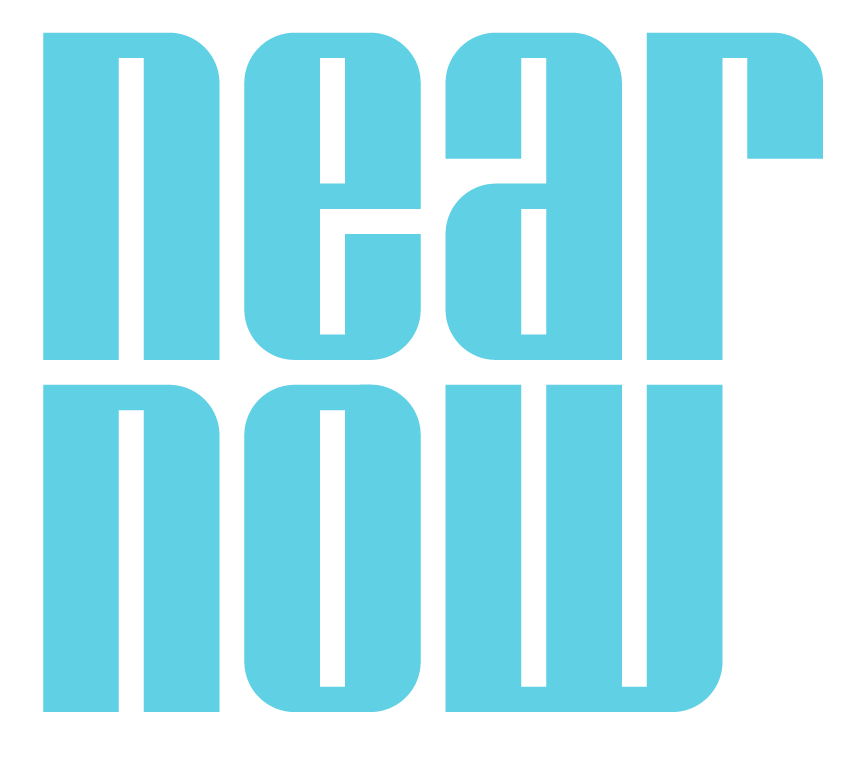Initiatives to Increasing Immunisation Rates in Australia

Submitted by: The Australian College of Nursing
Australia has a world class, federally funded public health system. The importance of herd immunity and the public health benefits of timely vaccination are recognised and funded through a range of national, state and territory programs. As a result, Australia’s diverse population have access to an age appropriate vaccination schedule, designed to provide immunisation against preventable conditions and additional protection for at risk populations.
The Commonwealth of Australia, Department of Health (2018) lists the range of indications for vaccination as: providing protection against preventable conditions during childhood, catching up on vaccinations missed in childhood, and obtaining the coverage required to reduce the risks associated with traveling to high-risk locations or when working in a high risk occupations, such as health or childcare.
In recent years, strategies aimed at providing additional coverage for at-risk Australian populations, have been announced. In addition to diphtheria, tetanus and whooping cough boosters, vaccination against influenza, herpes zoster and pneumococcal disease, are now free for older adults. People employed in high risk occupations receive a free annual influenza vaccination. Websites such as Smart traveller (administered by the Australian Department of Foreign Affairs and Trade), provide timely advice for consumers and healthcare professionals, seeking vaccination, prior to entering high-risk geographic locations. However, one of Australia’s most vulnerable populations, are our Aboriginal and Torres Strait islander people, who for a range of socio-political reasons, experience vastly inferior health outcomes, as compared to non- Indigenous members of the Australian population.
In 2005, the Aboriginal and Torres Strait Islander Social Justice Commissioner, Professor Tom Calma, released the Social Justice Report which called for Australian governments to commit to ‘achieving equality for Aboriginal and Torres Strait Islander people in the areas of health and life expectancy within 25 years’ (2031). In his foreword to the most recent Closing the Gap Report (2019), Prime Minister Scott Morrison, re-committed to ‘a whole of government agenda with all governments sharing accountability for progress and extending this shared accountability to include Aboriginal and Torres Strait Islander people’.
Australia’s Aboriginal and Torres Strait Islander people comprise approximately 3% of the total population, living and working in variety of urban, rural and remote locations (Australian Bureau of Statistics [ABS] 2018). The most recent census conducted by the ABS in 2016, revealed that the Aboriginal and Torres Strait Islander population had a younger structure than Australia’s non-indigenous population, due to the compounding effects of both higher fertility and higher mortality.
In order to confer additional protection, Aboriginal and Torres Strait Islander babies are eligible for extra vaccinations under the National Immunisation Program. Additional vaccinations for pneumococcal disease, hepatitis A and influenza are available free of charge to babies living in Queensland, Northern Territory, Western Australia and South Australia. In addition to being vaccinated under the National Immunisation Program, all Aboriginal and Torres Strait Islander adolescents and adults, aged 15 years and over, have access to additional free influenza and pneumococcal vaccinations.
In February 2019, the Federal Liberal Health Minister Greg Hunt, launched the National Immunisation Strategy 2019-24 (Hunt 2019). In doing so, Minister Hunt disclosed that, child immunisation rates are at a record high in Australia, adolescent Australians now receive protection against human papilloma virus and meningococcal disease through a school based immunisation programme, expectant mothers have access to a federally funded whooping cough vaccination and all 12 moth old babies now receive free vaccination against meningococcal A, C, W and Y.
Additionally, Minister Hunt announced that 170,000 Aboriginal and Torres Strait Islander children and adolescents will receive free influenza vaccines, and an additional $12 million will be spent on an advertising campaign aimed at raising awareness of the benefits of immunisation.
It is hoped that these new initiatives will facilitate the achievement of the Australian Federal Government’s 95% herd immunity target and advance the health and mortality of all Australians.
References:
Aboriginal and Torres Strait Islander Social Justice Commissioner 2005, Social justice report 2005, Human Rights & Equal Opportunity Commission, Sydney.
Australian Bureau of Statistics [ABS] 2018, Estimates of Aboriginal and Torres Strait Islander Australians, ABS, Canberra, viewed 21 March 2019, https://www.abs.gov.au/ausstats/abs@.nsf/mf/3238.0.55.001
Commonwealth of Australia 2018, Immunisation for adults, Department of Health, Canberra, ACT, viewed 21 March 2019, https://beta.health.gov.au/health-topics/immunisation/immunisation-throughout-life/immunisation-for-adults
Commonwealth of Australia 2019, Closing the Gap Report 2019, Department of the Prime Minister and Cabinet, Canberra, ACT.
Hunt, G 2019, Free flu vaccines for Aboriginal children and $12 million to boost immunisation, Author, Canberra, viewed 21 March 2019, http://www.health.gov.au/internet/ministers/publishing.nsf/Content/health-mediarel-yr2019-hunt022.htm


